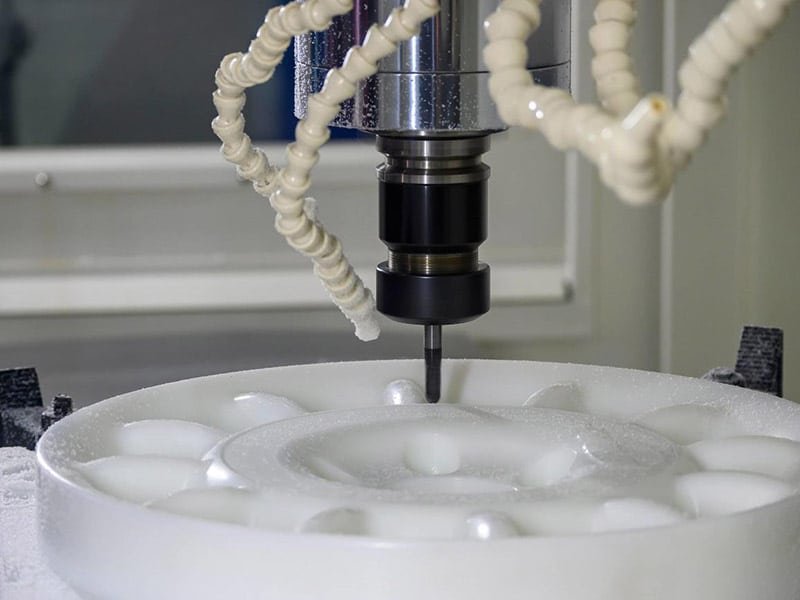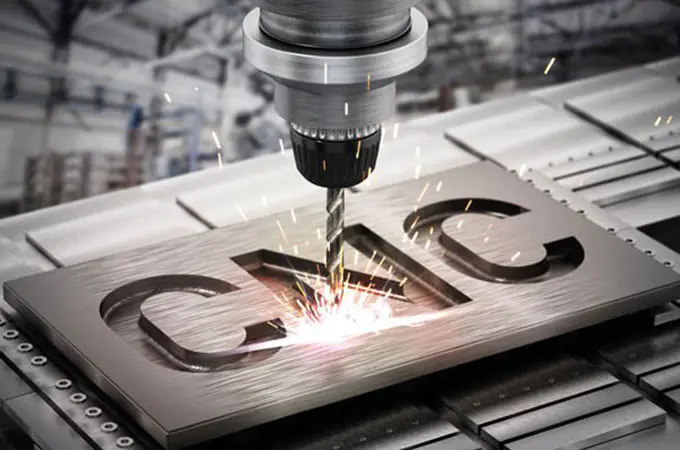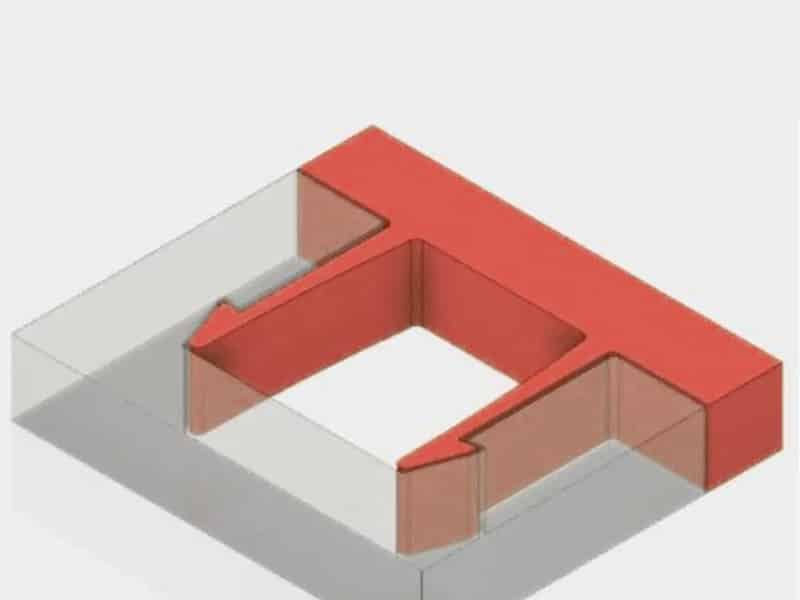
Home » PMMA

PMMA
Material Type
Plastic
Material Full Name
Polymethyl methacrylate
Process Compatibility
Injection Molding, CNC Machining
List of Plastic Material
List of Elastomer & Rubber Material
List of Metal Material
PMMA Description
Price
$$$$$
Strength
Relatively low scratch resistance, limited chemical resistance, poor impact resistance.
Weakness
Poor resistance to acids and bases, limited resistance to high temperatures, and challenges in achieving high-quality surface finishes.
Common Application
Headlight lenses, windows, illuminated signs, electronic screens, dental materials
PMMA Properties
PMMA, commonly known as acrylic, is a transparent and rigid thermoplastic derived from the monomer methyl methacrylate. It exhibits high resistance to UV light and weathering, making it ideal for various applications, including car windows, smartphone screens, and aquariums. PMMA is valued for its toughness, ease of shaping, and cost-effectiveness compared to glass. It serves as an excellent alternative to polycarbonate, offering desirable properties such as tensile strength, flexural strength, and transparency at a lower cost.
Properties at a Glance
*Pease note: The following material properties are for reference only. Actual values may vary depending on the selected material brand.
| Property | Metric | English |
|---|---|---|
| Density | 1.17-1.2 g/cm³ | 73.01-74.89 lb/ft³ |
| Shore Hardness D | 90-99 | 90-99 |
| Transparency | 80-93% | 80-93% |
| Max Temp. Air | 70~90 °C | 158~194 °F |
| Flammabilitiy, UL94 | HB | HB |
| Elongation at Break | 2-10% | 2-10% |
Chemical Properties
- Resistant to most alkalis and acids.
- Exhibits good resistance to many organic solvents.
- Susceptible to attack by some polar solvents such as acetone and chloroform.
How Additives Improve PTFE Properties
By incorporating suitable additives into PMMA formulations, its properties can be tailored to meet the requirement of various applications, some of the common additives including:
- Plasticizers increase the flexibility and impact resistance of PMMA, making it less brittle.
- Silica or glass microspheres can be added to PMMA to enhance its mechanical properties, such as strength, stiffness, and dimensional stability.
- UV stabilizers enhance the weatherability of PMMA by protecting it from degradation.
- Colorants are added to PMMA formulations to achieve specific aesthetic requirements.
- Flame retardants increase the fire resistance of PMMA.
However, the addition of additives to PMMA formulations can sometimes compromise certain properties of PMMA. While plasticizers can increase flexibility and impact resistance, they many also reduce the tensile strength and stiffness of PMMA. UV stabilizers and colorants may affect the optical clarity of PMMA. Therefore, careful consideration is necessary when selecting and incorporating additives to ensure that any changes do not significantly compromise the overall performance of PMMA.
Get Custom PTFE Parts with Zhongde
Is PMMA material recyclable?
Polymethyl methacrylate is highly biocompatible. Recycled Acrylic can be formed into sheets. They are used in:
- The construction of windows and doors,
- The medical sector,
- The advertising industry, and more.
Is PMMA material toxic?
Acrylic, a BPA-free alternative to PC, is non-toxic in its solid state and naturally compatible with human tissue. In the past, it was commonly used for contact lenses and is now utilized for dental implants and bone replacements.
What is the difference between PMMA and PC?
PMMA is transparent, rigid, and less impact-resistant compared to PC. PC, on the other hand, is stronger, more impact-resistant, and has higher temperature resistance than PMMA.




